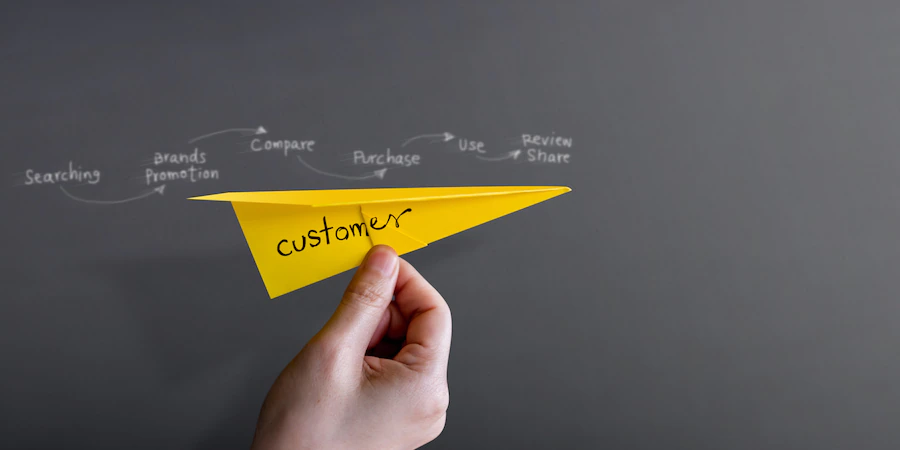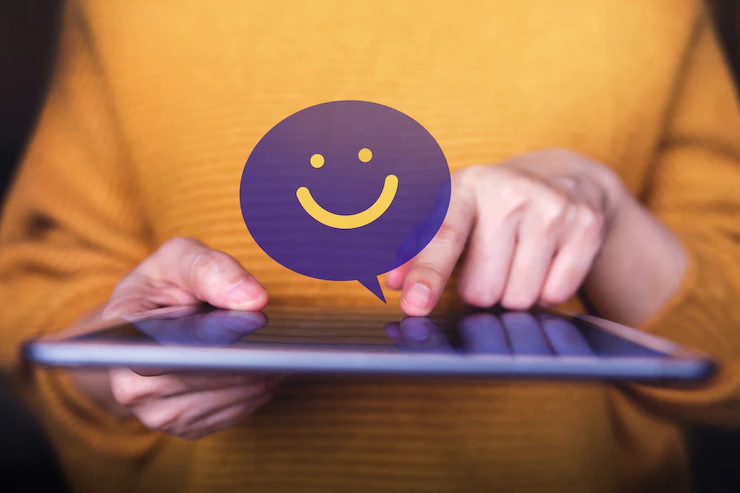Everything You Need To Know About Customer Lifecycle Management
3 Mins Read
Published on: 04 August 2022
Last Updated on: 02 May 2023

toc impalement
Every competent person in customer service is aware that business involves more than just concluding a single transaction.
In other words, they make sure that their customers are going to be around for a while. The best businesses develop mutually advantageous connections with their consumers that result in a higher customer lifetime value.
They take this action because they consider the client’s lifetime. You may better prepare your marketing, sales, and customer support teams to convert one-time customers into devoted advocates by analyzing the client lifecycle.
We’ll go through the definition of a customer lifetime and how AI-based CLM solution is helpful.
What Is Customer Lifecycle Management?

The customer lifecycle describes the interactions the customer has with the business and how their behavior evolves. The systematic monitoring and improvement of those interactions are known as customer lifecycle management.
The customer lifecycle is closely related to the customer journey and sales funnel, which place an emphasis on the client and their wants at various points in the process but employs the viewpoint of the business and the activities it takes to address those demands.
All customer-facing teams, including sales, marketing, customer support, and customer success, are involved since customer lifecycle management encompasses all customer interactions with a business.
Why Is Customer Lifecycle Management Critical?

You have a better chance of successfully cross-selling and upselling to content customers if you use customer lifecycle management.
Additionally, a customer lifecycle management tool provides resources for:
- Extend warranties
- Add service agreements
- Make new offers at the end of the product lifecycle
If you’re not already utilizing one, there are several reasons to think about lifecycle management software or tools for your clients. These include sustaining your current customer relationships, adding value to them, and fostering brand loyalty for your business.
The Different Customer Lifecycle Stages

The client lifecycle can be divided up in a variety of ways. We consider five distinct phases:
Overview:
- Acquisition
- Development
- Conversion
- Retention
- Loyalty
1. Acquisition
This is aligned with the customer journey’s awareness stage. Here, marketing attempts to capture the interest of its potential clients and establish the groundwork for a long-term engagement.
2. Development
Customers move into the interest stage of the funnel as their awareness increases. Companies must foster such interest throughout the customer lifecycle. Using case studies, ebooks, and other in-depth content, you can capitalize on their initial interest and demonstrate how your company can specifically assist them.
3. Conversion
It is your responsibility to make it as simple as possible for customers to choose you over your rivals when they are prepared to make a purchase.
From a marketing perspective, this may be done by creating content that emphasizes specific qualities that make your product stand out and using verifiable statistics to persuade them that your service is the best option for them.
4. Retention
What steps can you take to make sure your new consumer sticks around after they make a purchase?
This is typically accomplished by figuring out methods to enhance the value of your service, frequently by upselling related products or improving their current service.
In fact, the retention rate can be increased with the right technology and by reducing conversion steps. Platforms like ringless voicemail drops offer a suite where businesses can engage with customers directly and solve their problems almost instantly.
5. Loyalty
The goal of this stage in the customer lifecycle is to turn dependable consumers into ardent supporters of your business.
Additionals:


















Comments Are Closed For This Article